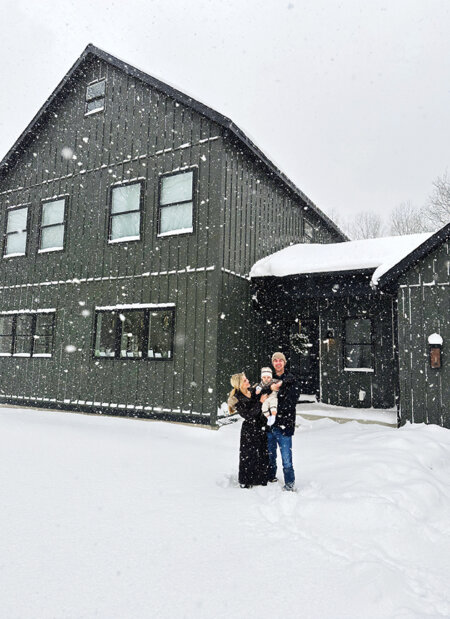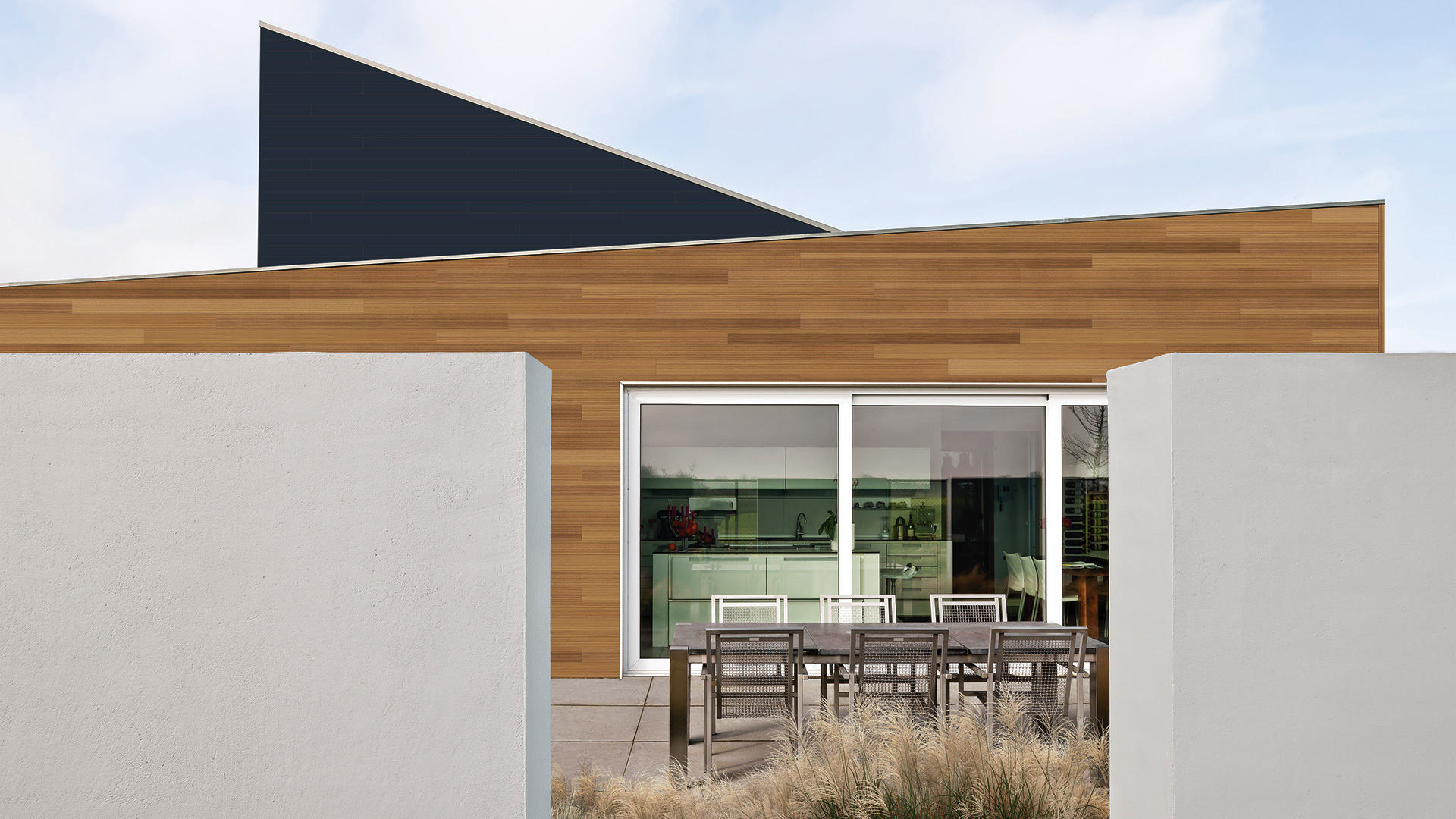According to a national study, the average ROI for home
remodeling projects is 69%. In other words, homeowners will recoup
69% of the money they put into home improvements. But there’s a
different type of return that can’t be measured by metrics and hard
numbers. Something that every human needs more of in their lives.
Something you can’t put a percentage on.
That thing is joy.
Hidden in Plain Sight.
Ingrid Fetell Lee studies joy and wrote a book titled Joyful: The Surprising Power of Ordinary Things to Create Extraordinary Happiness. In 2018, Ingrid gave a TED Talk where she says, “Broadly speaking, when psychologists use the word joy, what they mean is an intense, momentary experience of positive emotion—one that makes us smile and laugh and feel like we want to jump up and down. And this is actually a technical thing. That feeling of wanting to jump up and down is one of the ways that scientists measure joy. It’s different than happiness, which measures how good we feel over time. Joy is about feeling good in the moment, right now.”
This got Ingrid thinking, “Where does joy come from?” She researched, asked around, and investigated her own life before realizing that though the feeling of joy is mysterious and elusive, we can access it through tangible, physical attributes, or what designers call “aesthetics”—
a word that comes from the same root as the Greek word “aísthomai,” which means, “I feel, I sense, I perceive.” “In the wake of this discovery, I noticed something as I walked around,” Ingrid says. “I began spotting little moments of joy everywhere I went—a vintage yellow car or a clever piece of street art. It was like I had a pair of rose-colored glasses. And once I knew what to look for, I was seeing it everywhere. It was like these little moments of joy were hidden in plain sight.”
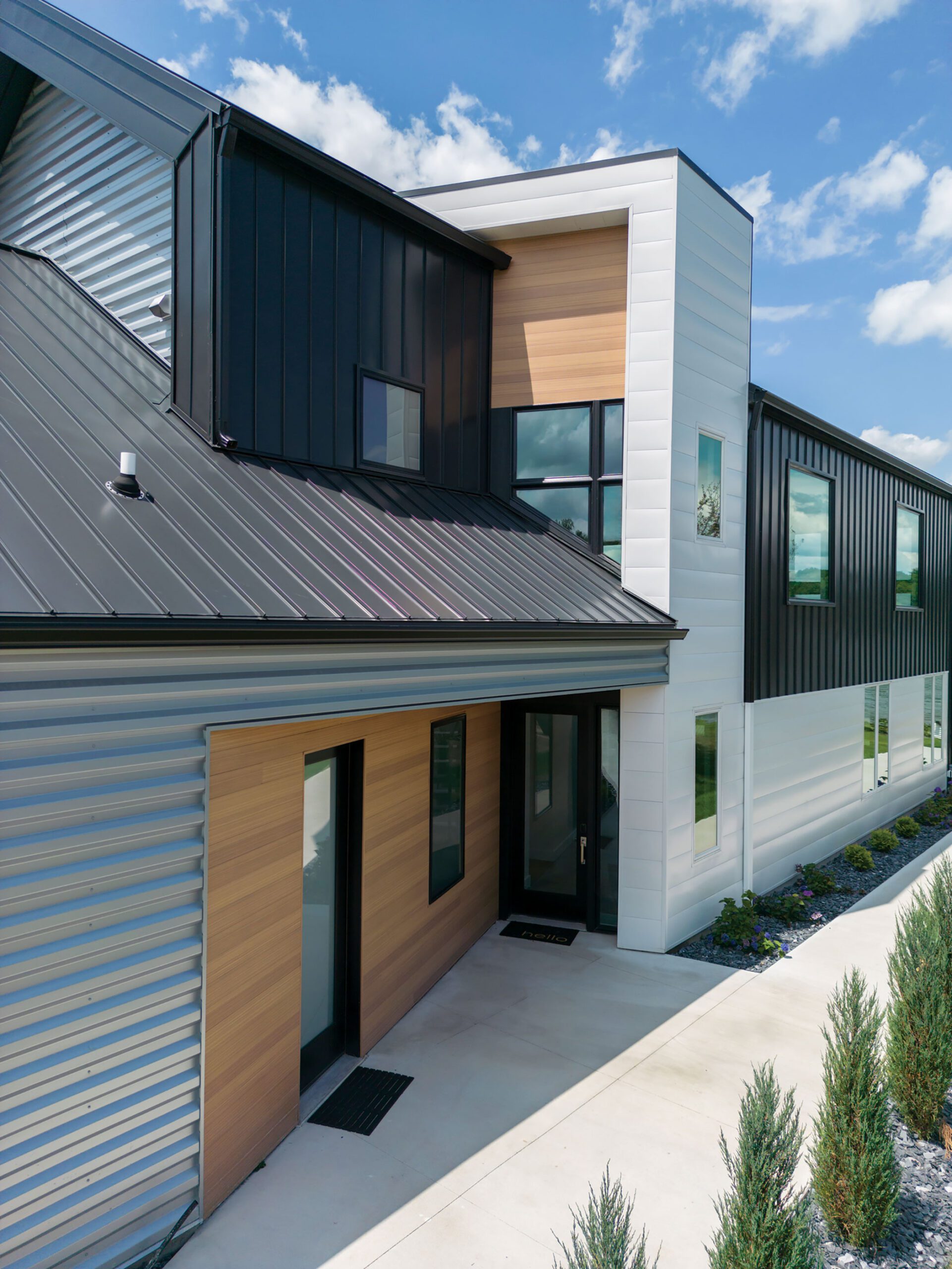
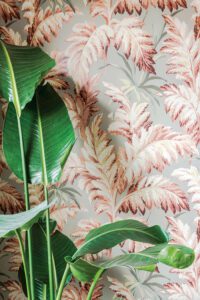
Once I knew what to look for, I was seeing it everywhere. It was like these little moments of joy were hidden in plain sight.
INGRID FETELL LEE

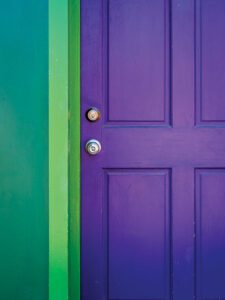
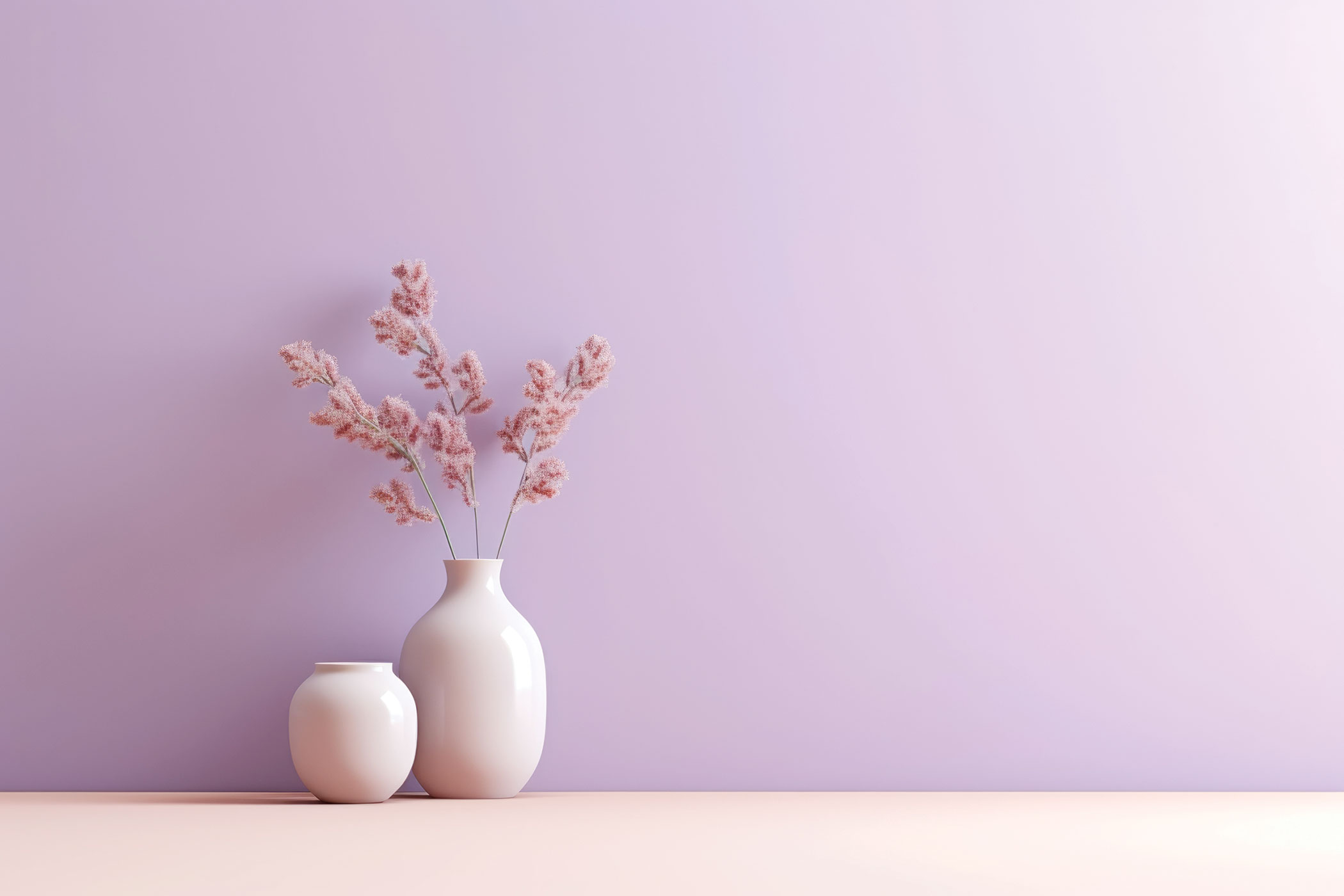
Laughter in the Laundry Room.
Amy Wax, an internationally recognized color consultant, was working with one of her color clients, choosing the shades that spread across the woman’s home. The colors were mostly subdued, elegant, and luxurious, so when the two began talking about the laundry room, Amy asked, “What is your giggle color? What makes you smile?” From that conversation came a beautiful lavender room—a colorful contrast compared to other areas of the home. A year later, Amy got a letter from that client. “It said how much she loves doing laundry because it makes her feel good to walk in the space,” Amy says. “That’s the power of color.”
Another one of Amy’s clients had a similar, mostly uncolorful home. “We probably used 14 shades of beige throughout all the different rooms in the house,” she says. But then, the client explained how their six-year-old daughter had a good sense of color. “Maybe we should let her choose a color,” the couple suggested. Amy was hesitant but happy to play along. “What we did was the back door of the house, which no one could see from the street,” Amy says. “It was purple with pink urns and a lime green frame around the door. And it just became the daughter’s Wonderland—the place where she felt so happy to come home to.”
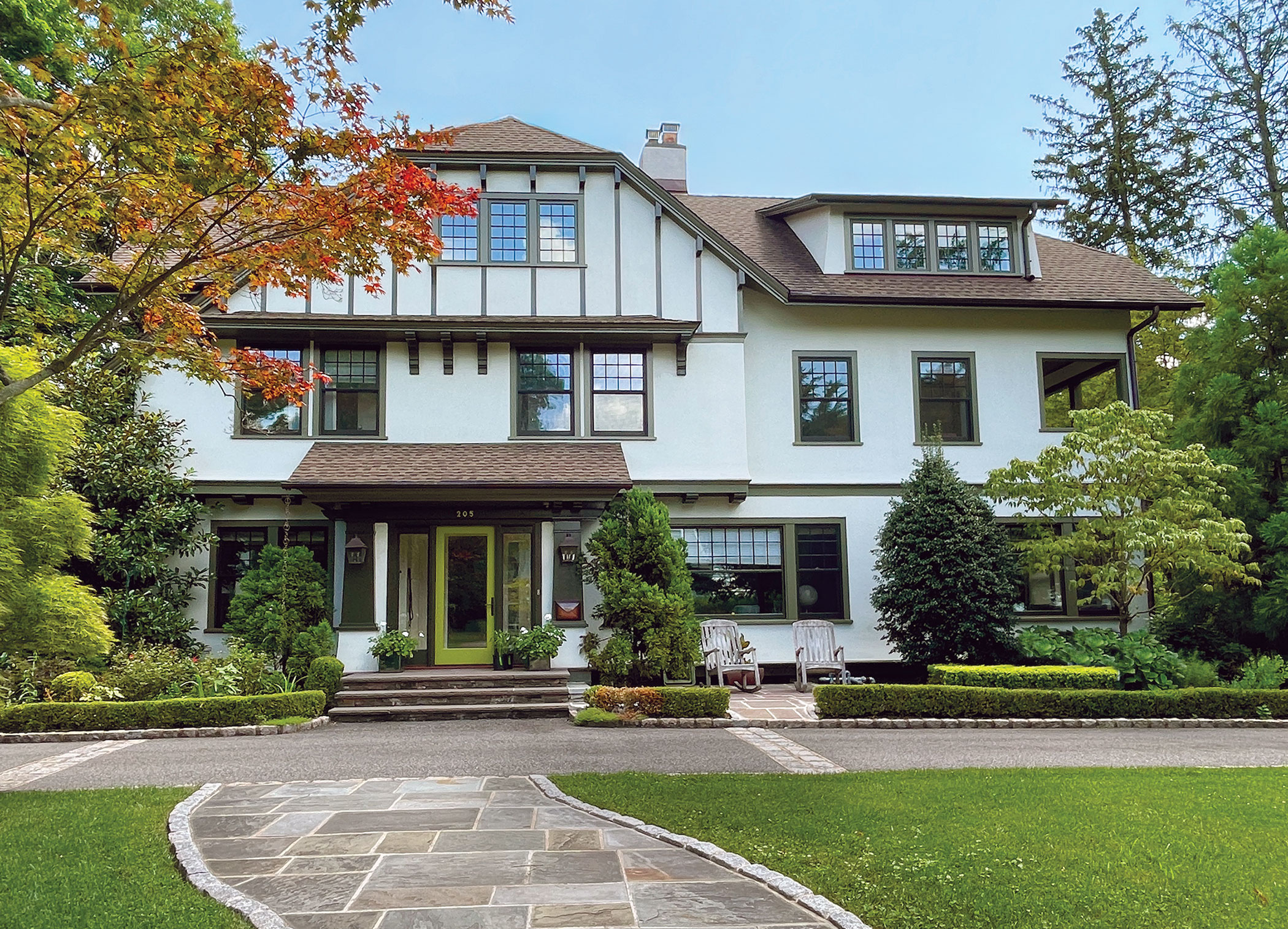
Exterior colors by Amy Wax

Avoid a Color Emergency
Along with her role as an award-winning color expert, Amy Wax created the Color911 app that received national recognition as a must-have for anyone looking for color inspiration and guidance. In the app, users get color help at their fingertips—exploring color themes and palettes for inspiration to use in their own interior and exterior spaces.
Color911 is available to download in the Apple App Store and Google Play Store.
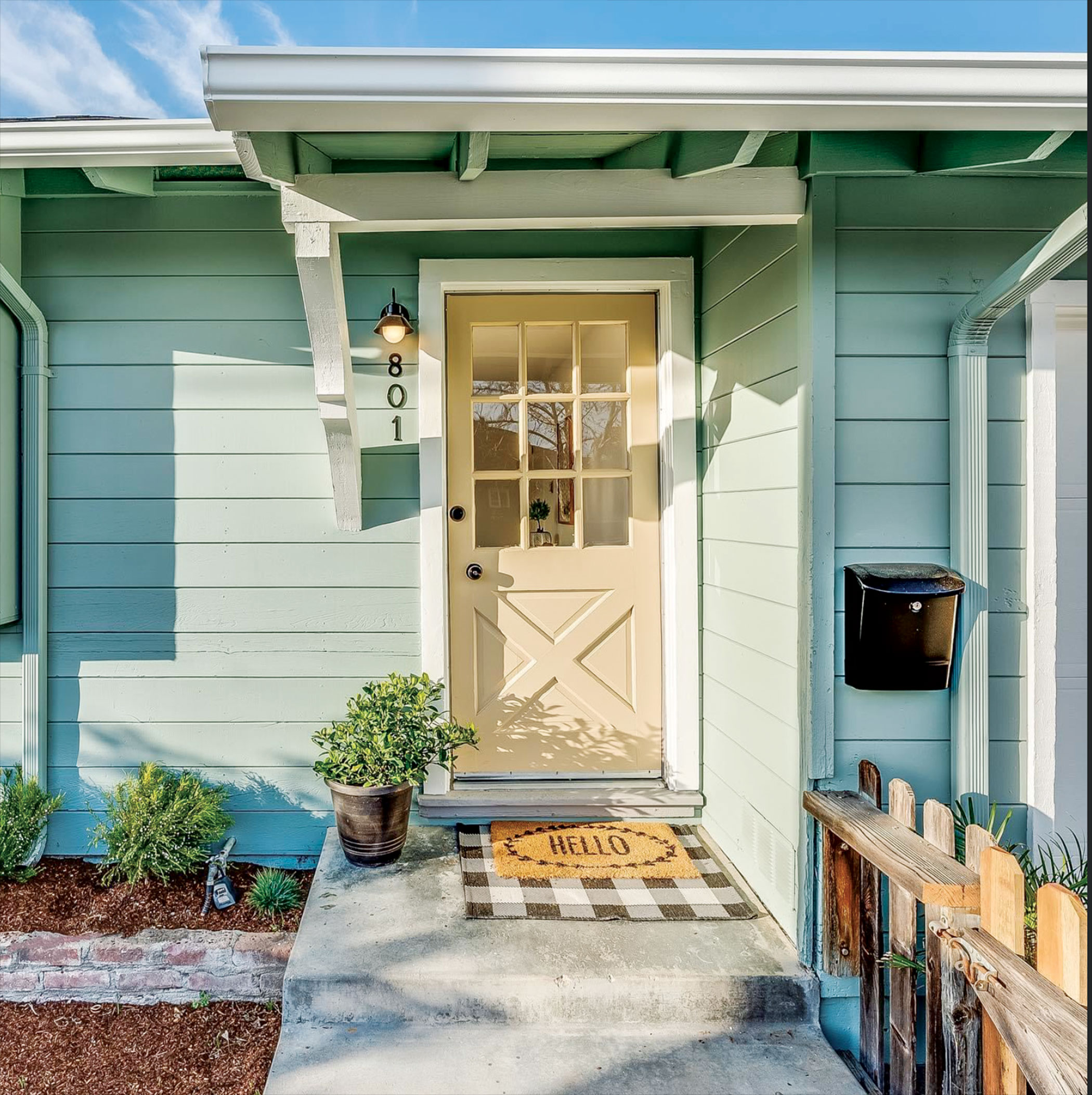
Exterior colors by Pacific Home Design
Seeing for the First Time.
Ingrid Fetell Lee’s search for joy led to some inspiring revelations, but others were more sobering. “We all start out joyful, but as we get older, being colorful or exuberant opens us up to judgment,” she explains. “As I started to trace back our love of color, I found that some researchers see a connection to our evolution. Color, in a very primal way, is a sign of life, a sign of energy.”
For many people, the COVID-19 pandemic awakened this realization. Desperate for a sense of joy, people began personalizing their home, unafraid to make a statement that would make them smile. “I mean, we were looking around saying, ‘Wow, has my home always looked this cold and sterile? I need this to feel better,’” Amy says. “It’s very interesting the way people are, in many ways, seeing their homes for the first time.”
Like Amy Wax, Audra Slinkey is a color consultant and the creator of the Certified Color Expert (CCE) program, which provides the credibility, tools and expertise to help professionals expand their design and staging business. “Color is the first thing we notice in a space,” Audra says. “It touches all the benefits when done right—harmony, warmth, mood.”
For the average person, choosing color can be daunting. Even a single color like blue can have hundreds of thousands of shades. “A huge percentage of paint is do-overs,” Audra warns. “Paint purchases are made because people are choosing a chip and when they paint it with a wrong undertone, they get a blue house when they thought they bought gray paint.” This is one of the countless reasons Audra is passionate about helping people get it right. It’s also why she stresses the importance of builders getting it right, too. “Builders can become “yes” people and aren’t warning homeowners about issues or concerns,” Audra says. “When a good builder and designer work together, clients are much happier in the end.”
Amy Wax feels the same way, adding the importance of choosing a memorable color scheme. “I’ve worked with a lot of builders and architects, and I think it’s really important to have something memorable, something that feels like it’s unique, something that feels like the person who is building this home cares about it,” she says. “Right now, I’m working with a builder and we’re looking all the different ways we could personalize the space—whether it’s putting a metallic sign on the butler’s pantry door, doing something sculptural in terms of the lighting when you first walk in the front hallway, something to make it memorable, personal, warm, and inviting.”

Color is the first thing we notice in a space. It touches all the benefits when done right — harmony, warmth, mood.
AUDRA SLINKEY



Widening the Neutral Umbrella.
Not that long ago, neutral used to be a sea of beige or gray. There was a very limited idea of what a neutral should be. “But now, neutral is green,” says Amy, “because green goes with every other color in the spectrum. I feel like the greens, blues, and browns are staples you almost can’t go wrong with because they’re not jarring. They don’t feel trendy. They’re colors that you can find restful and peaceful, and how could that not be appealing to everyone?” Audra Slinkey has also seen a huge emergence of green in her world. “It will be the color of this decade,” she says.
While off-white is still prevalent in homes everywhere, color consultants like Amy and Audra are encouraging builders to widen the neutral umbrella. “It could be light salmon or a creamy yellow. It could be a warm white instead of a sterile, stark white,” says Amy. “Almost regardless of whether they’re going for luxury cottage core or historic, those colors will have more of a universal appeal. And I think that’s really what the builder needs to focus on.”
Each moment of joy is small, but over time, they add up to more than the sum of their parts.
INGRID FETELL LEE
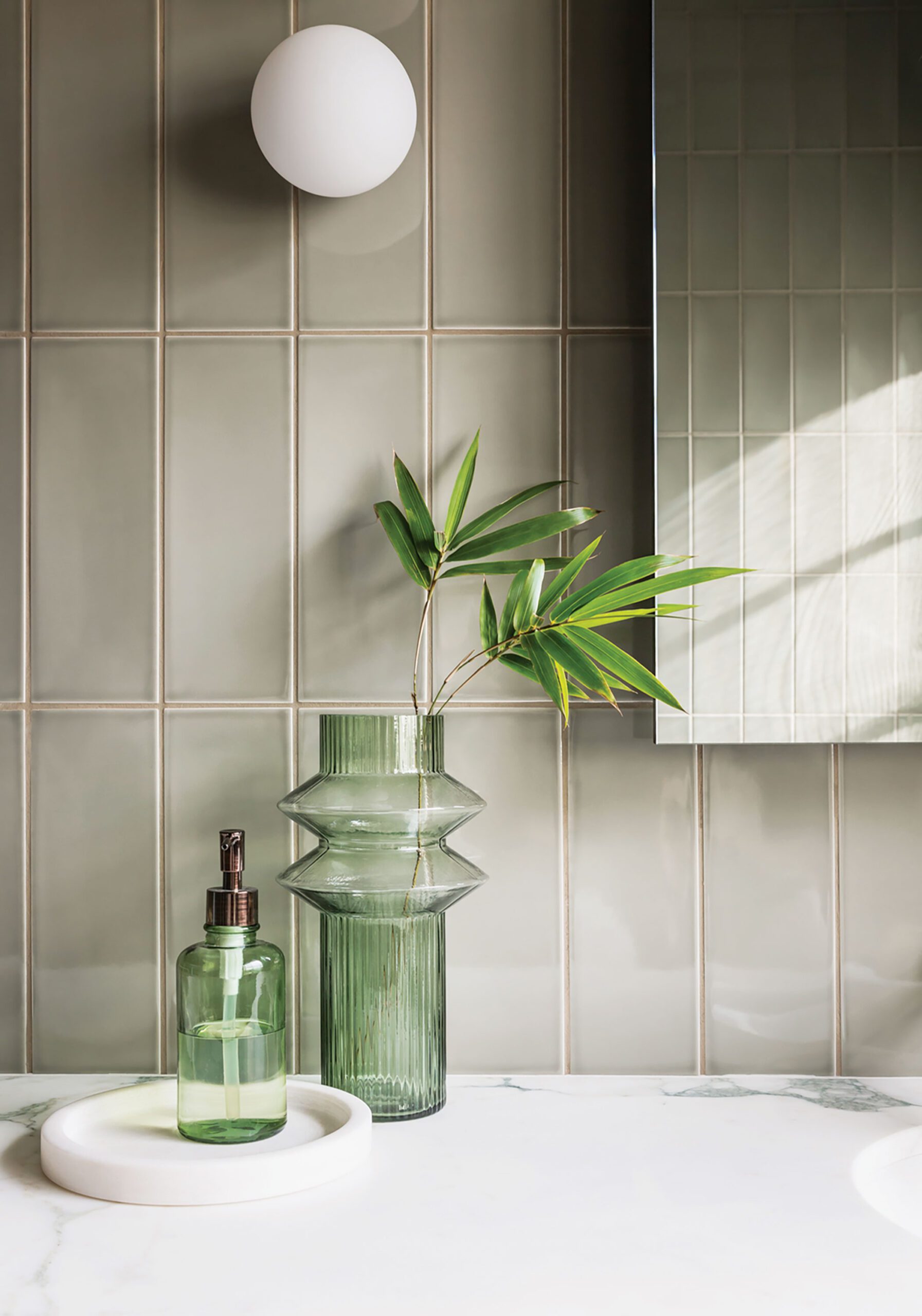
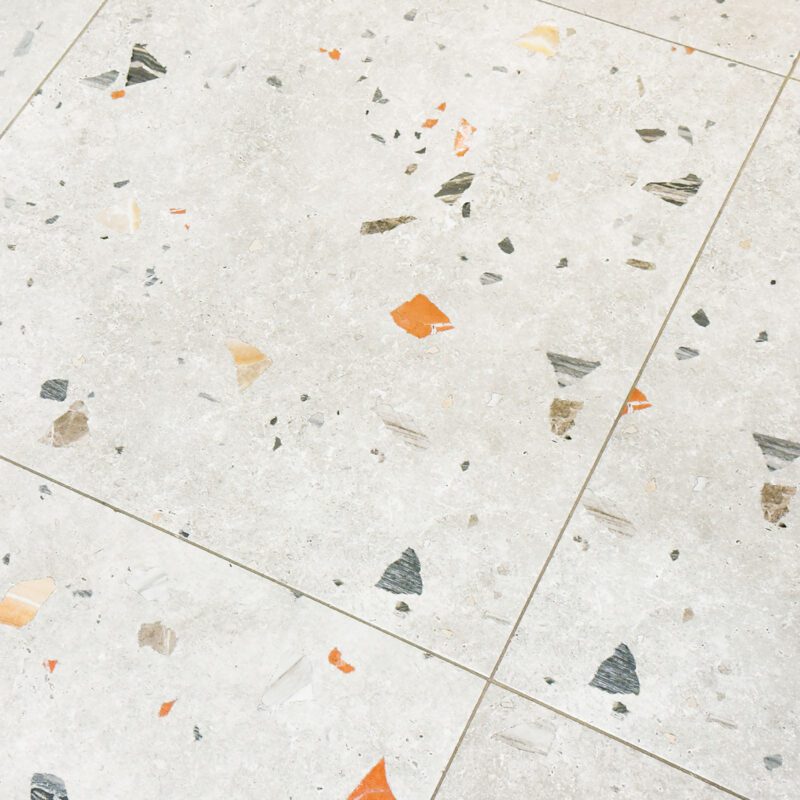
Beyond a Monetary Return.
“How did we end up in a world that looks like this?” Ingrid Fetell Lee asked from the TED stage, showing pictures of drab-looking buildings—including schools, nursing homes, and hospitals. “Deep within us, we all have this impulse to seek out joy in our surroundings,” she says. “Joy isn’t some superfluous extra. It’s directly connected to our fundamental instinct for survival. On the most basic level, the drive toward joy is the drive toward life.”
Ingrid finishes her talk by saying, “Each moment of joy is small, but over time, they add up to more than the sum of their parts. And so maybe instead of chasing after happiness, what we should be doing is embracing joy and finding ways to put ourselves in the path of it more often.”
Our homes hold the power to bring us immense joy. So, maybe we shouldn’t be making home renovations strictly about the monetary return they can bring. Maybe we shouldn’t paint a room dull white just because the home might sell more easily years down the line. Maybe we should live for this moment, add personality to our spaces, and find that elusive feeling of joy that our tangible spaces can spark in our lives.

